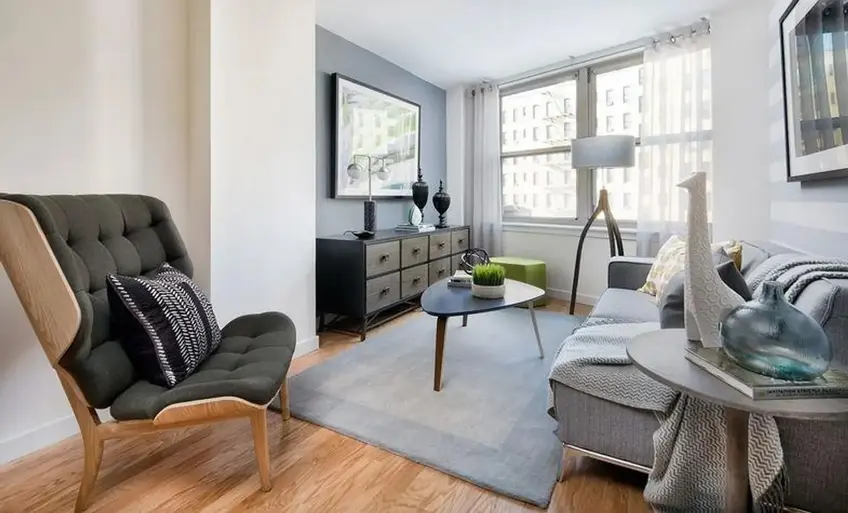 Rent stabilized apartment at The Lincoln Apartments, 510 Flatbush Avenue, #4E (Corcoran)
Rent stabilized apartment at The Lincoln Apartments, 510 Flatbush Avenue, #4E (Corcoran)
At the height of the coronavirus pandemic, enough New Yorkers relocated, temporarily or permanently, to a point where it greatly affected the overall vacancy rate and rent prices. In October 2020, Manhattan’s median asking rents fell below $3,000/month for the first time in nearly a decade. How times have changed - between encouraging vaccination numbers, plummeting case rates, return-to-work dates, and the resumption of cultural activities, New York is seeing a rise in demand that has led to correspondingly high rents: A recent report from Douglas Elliman found that rents are approaching a record high due to low vacancy and a sharp drop in available apartments.
Indeed, CityRealty listings show 4,744 publicly listed apartments for rent throughout New York City, and the median Manhattan rent is now $4,501/month. Those just moving to New York for the first time are not the only ones facing sticker shock - pandemic prices are not carrying over to new leases, and the concessions of yesteryear are staying right there.
Indeed, CityRealty listings show 4,744 publicly listed apartments for rent throughout New York City, and the median Manhattan rent is now $4,501/month. Those just moving to New York for the first time are not the only ones facing sticker shock - pandemic prices are not carrying over to new leases, and the concessions of yesteryear are staying right there.
Some residents are better equipped to weather this economic storm because they have already secured stable and affordable rents. Fictional New York characters have long enjoyed low rents, living in apartments that would really be well over their budget (ahem, Friends and Sex and the City) that tend to come with a throwaway line about rent-controlled or rent-stabilized apartments. This isn’t a fictional concept - off-screen, rent-controlled and rent-stabilized apartments are heralded as the holy grail of New York real estate. But these are two very different concepts with their own complicated laws and different factors that can both determine and end it.
In this article:
What is rent regulation?
Both rent control and rent stabilization fall under the headline of rent regulation, a blanket term for laws designed to protect residents from dramatic rent increases by their landlords. Rent regulation dates back to the 1920’s, when the city enacted a series of emergency rent laws in response to an increase in evictions and a decrease in housing construction following World War I. Since then, the city has upheld different forms of rent regulation and updated the laws to adapt to the changing marketplace.What is rent control?
Rent control applies to buildings constructed before 1947 in municipalities that have not declared an end to the postwar rental housing emergency. This limits the rent the owners may charge for an apartment, and restricts the right of the owners to evict tenants paying what are essentially 1970’s-era rents in neighborhoods that have exploded in value. Ergo, some residents of rent-controlled apartments have declared that the only way they’re giving it up is upon their death. Some of them weren’t kidding, which is how a very few continue to enjoy the practice and keep it alive in New Yorkers’ imaginations (see more details on who qualifies below). But if the apartment is vacated, it may be rent stabilized (see below) or leased at market rate.What is rent stabilization?
Rent stabilization generally applies to apartments with six or more units constructed between 1947 and 1974. Rent stabilization may also occur in buildings with three or more units constructed or extensively renovated since 1974 with certain tax benefits. While not as dramatic as their rent-controlled counterparts, residents of rent-stabilized units often enjoy lower rents that can only be increased by usually a manageable amount determined by the Rent Guidelines Boards. The program offers additional perks that include an automatic lease renewal every year or two and no grounds for the landlord to evict you if you abide by the rules of the lease.How can I find a rent-controlled or rent-stabilized apartment?
When a rent-controlled tenant dies or moves, certain family members who have been living in the apartment have the right, under certain conditions, to take over the lease and keep the rent-controlled status (further details and criteria may be found here). Otherwise, it’s all but impossible - roommates not in a family relationship do not qualify to take over the lease, nor do subletters or family members not living in the apartment.The outlook is rosier for finding a rent-stabilized unit, though, but it’s important to do your homework - sometimes in older buildings, landlords don’t necessarily advertise rent stabilization; some will even keep the status a secret and charge more than the law allows them to. This tool can help determine if your building is subject to stabilization; if it turns out to be so, that’s something to bring up in negotiations.
Rent-stabilized units also appear in some of the city’s new, amenity-rich buildings, but are more commonly known today as affordable housing. A full list of ongoing lotteries and criteria may be found here.
Rent-stabilized units also appear in some of the city’s new, amenity-rich buildings, but are more commonly known today as affordable housing. A full list of ongoing lotteries and criteria may be found here.
What did the new laws do for rent regulated tenants?
Until recently, some rent-stabilized units became deregulated if the rent exceeded $2,700/month and the tenants’ income exceeded $200,000/year for two consecutive years. However, the practice was abolished in the Housing Stability and Tenant Protection Act of 2019, a sweeping package of rent laws signed in summer 2019. Additional protections include making “preferential rents” permanent and abolishing the “vacancy bonus” that allowed landlords to increase a rent-regulated apartment’s price by 20 percent upon the tenant’s departure.Moreover, some landlords have used major capital improvements to the building as an excuse to raise stabilized rents and keep them high. The new law sharply curtails the amount these rents may be raised, and the state is required to inspect and audit a portion of improvements.
What’s next for rent regulation?
As described above, rent regulation was introduced to prevent a tight housing market from jacking rents up. Rents will fall on their own if vacancies rise, but that would require significantly more housing than New York currently has - numerous reports have found that New York City's housing construction has failed to keep pace with the number of jobs created and influx of residents.New mayor Eric Adams' housing plan calls for rezonings and the conversions of vacant commercial buildings to residential, and Governor Hochul proposed a replacement for the 421a program that offers developers two options in exchange for tax breaks - either a certain percentage of the affordable units must be priced at 40 percent of the area median income, or 20 percent of the units would be required to be affordable at 90 percent of the area median income. But even with these new proposals, rent stabilization is very much on policy makers' minds: In a housing wish list compiled by 6sqft, the Rent Stabilization Association expressed hope that the Adams administration would share in their advocacy for attainable housing. It will take some time to see how all this plays out, but residents of rent-regulated apartments will not need to worry about their monthly rents skyrocketing.
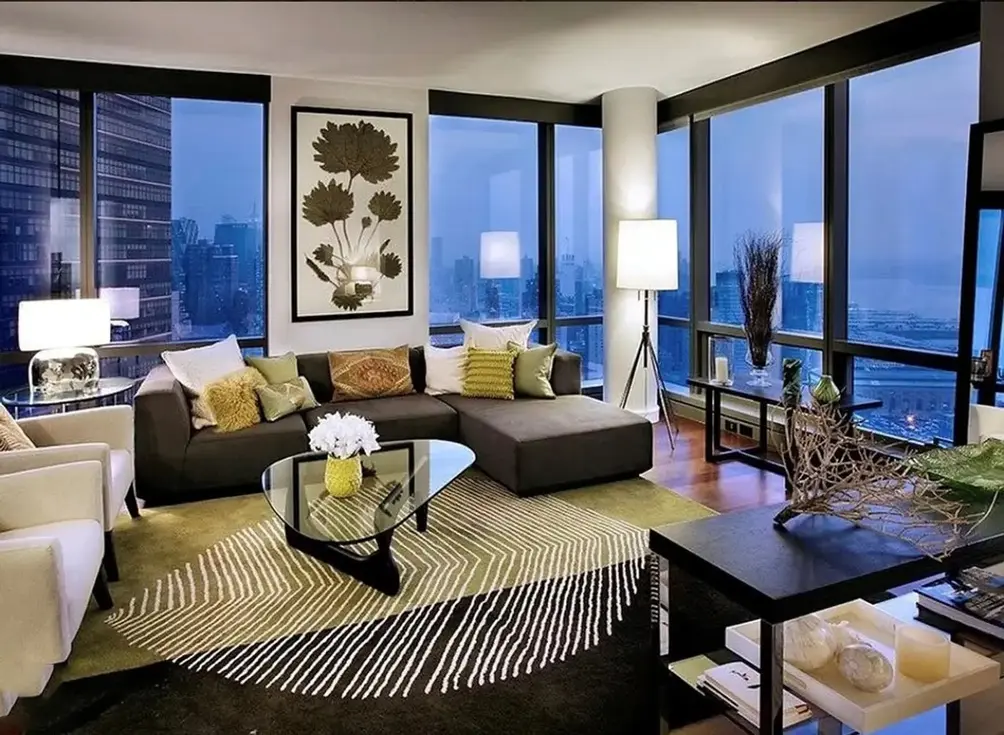
From the Listing: NO FEE Lease Assignment Available Immediately - Stabilized lease through August 1st, 2022.
Residence 16G is the best value offered in the building! You will have the ability to sign a new lease with the building at the conclusion of this lease assignment term. See floor plan and full details here.
Residence 16G is the best value offered in the building! You will have the ability to sign a new lease with the building at the conclusion of this lease assignment term. See floor plan and full details here.
From the Listing: Rent stabilized! Large and renovated 3 bed / 2 bathroom in prime UWS location. See floor plan and full details here.
From the Listing: Big Alcove 544 sq ft studio in newly built, luxury apartment building in South Williamsburg with direct partial water views. Sleek, modern furnishings with washer/dryer in unit and central AC/heating.
Building is in a quiet part of South Williamsburg immediately off of the South Williamsburg ferry stop, and a 10-minute walk to the F/J/M trains.
Luxury apartment with doorman, package services, in-house dry-cleaning, gym, and rooftop pool.
**Please note this is a lease assignment or sublet for the remaining 12.5 months left on the lease from May 1st to May 16, 2023 with an option to renew for a new lease if interested.This is a rent-stabilized lease.See floor plan and full details here.
Building is in a quiet part of South Williamsburg immediately off of the South Williamsburg ferry stop, and a 10-minute walk to the F/J/M trains.
Luxury apartment with doorman, package services, in-house dry-cleaning, gym, and rooftop pool.
**Please note this is a lease assignment or sublet for the remaining 12.5 months left on the lease from May 1st to May 16, 2023 with an option to renew for a new lease if interested.This is a rent-stabilized lease.See floor plan and full details here.
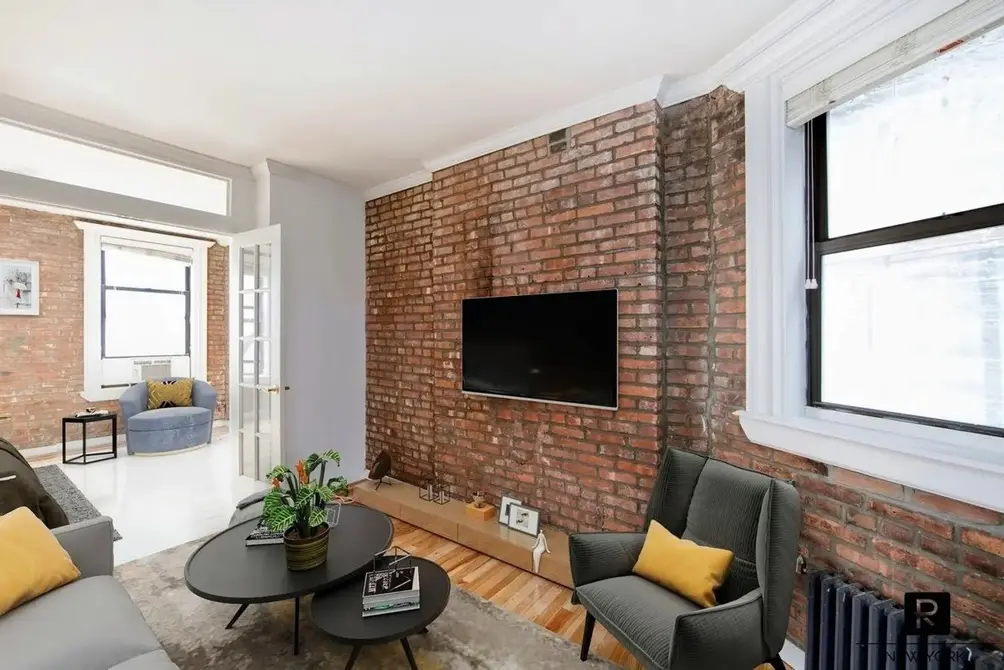 65 Ludlow Street
65 Ludlow Street
From the Listing: True 2 bedroom Apartment!! WASHER/DRYER in Unit! Both Bedrooms Queen Sized and have windows and closets! Central AC! Rent Stabilized!!! See floor plan and full details here.
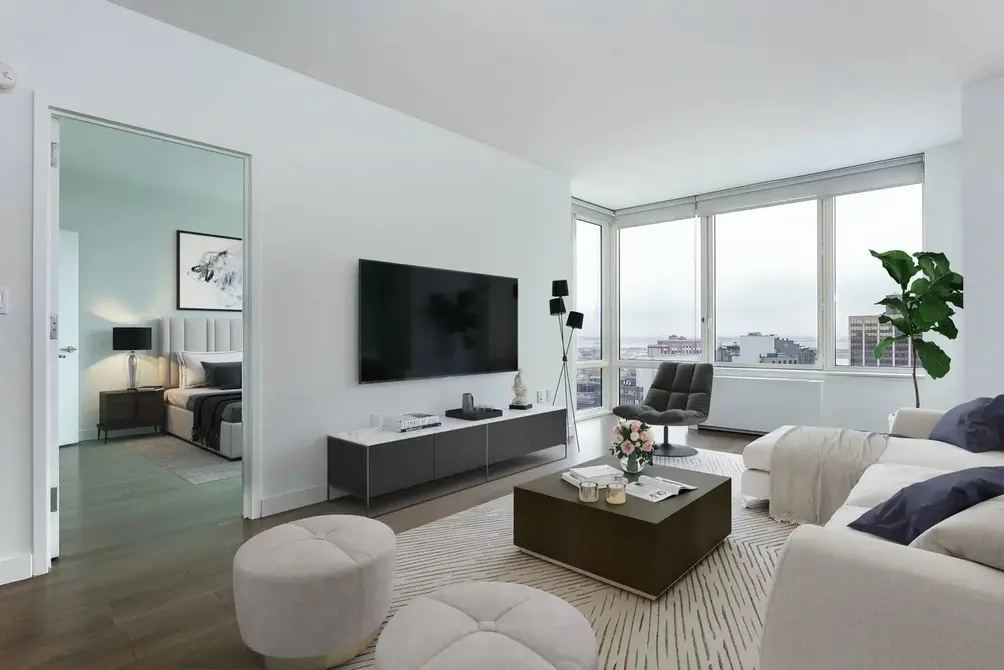
From the Listing: Available on May 13, 2022. The first showing is on Tuesday, April 12, please email me for an appointment.
Bright corner one bedroom apartment with W/D in the unit. Northwestern exposure. Rent-stabilized. No amenity fee. No pet fee. No broker fee. See floor plan and full details here.
Bright corner one bedroom apartment with W/D in the unit. Northwestern exposure. Rent-stabilized. No amenity fee. No pet fee. No broker fee. See floor plan and full details here.
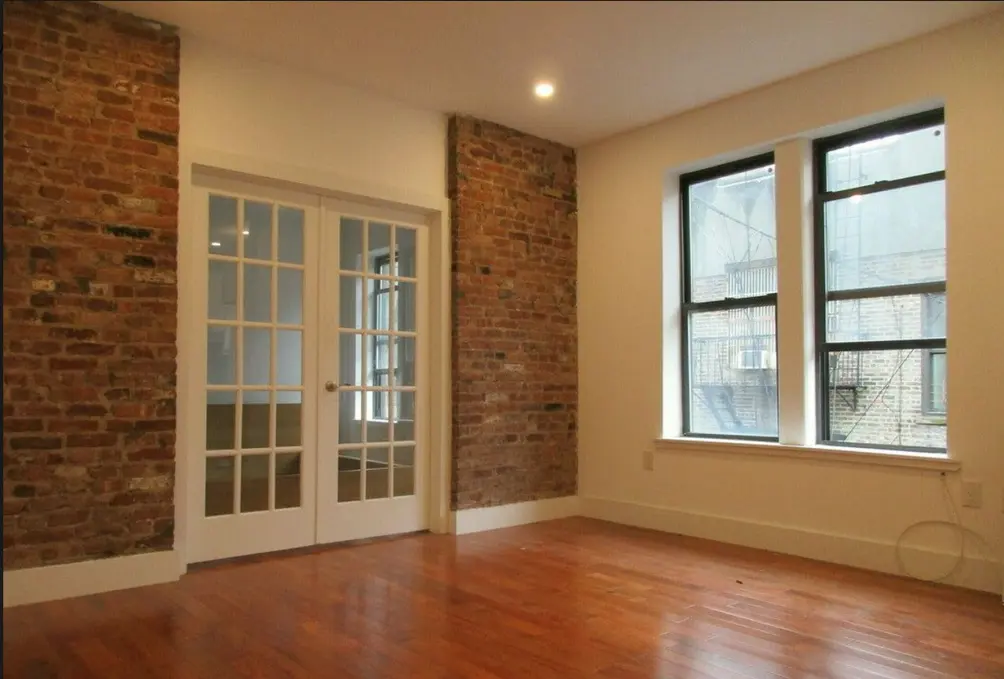
From the Listing:
Showing available immediately.*
Rent Stabilized,Renovated True 2 Bedroom in Hell's Kitchen
See floor plan and full details here.
From the Listing: Come enjoy living on a prestigious block welcomed by a gorgeous kwanza cherry tree. With only TWO flights up on the Third floor, this newly renovated rent-stabilized apartment has just been unveiled with stainless steel appliances, a dishwasher, in-unit washer/dryer. A lovely apartment with a Private Terrace and blocks away from Grand Army Plaza, Prospect Park, The Food Coop and transportation 2,3,B and Q. Heat and hot water included. Pets allowed.
-
Video available by request See floor plan and full details here.
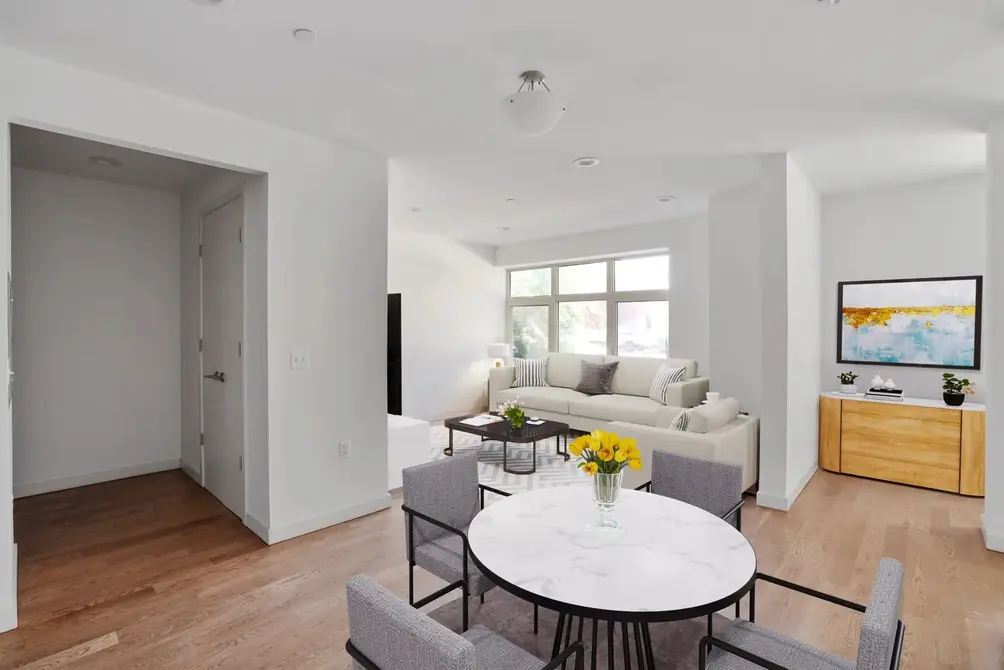 14-25 27th Avenue via Compass
14-25 27th Avenue via Compass
From the Listing:
Brand New! Huge Space! Rent Stabilized OPEN LOFT STUDIO/1BR apartment in a new construction building. Enjoy a massive living space, beautiful hardwood floors and abundant closets throughout. See floor plan and full details here.
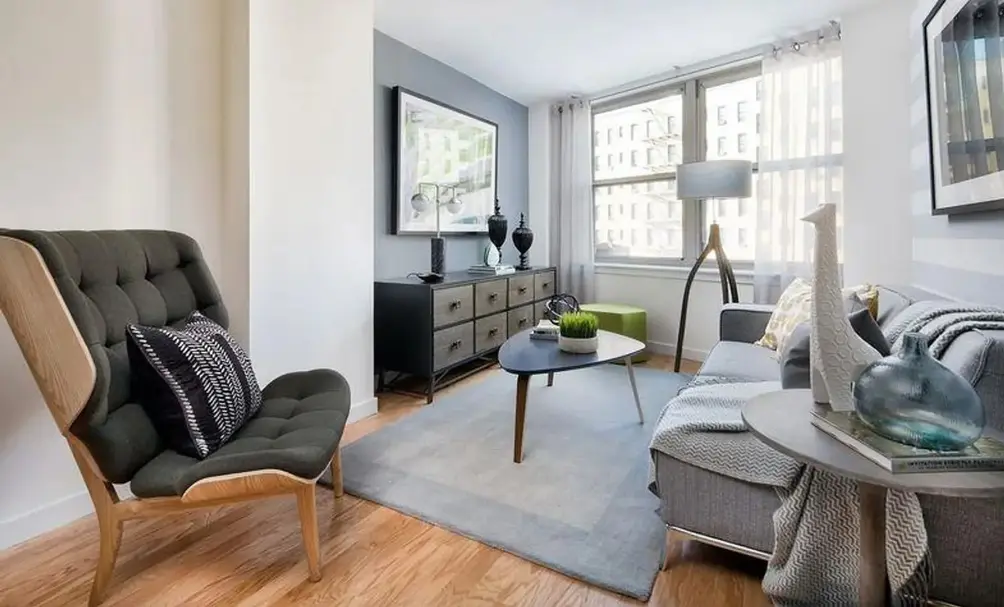
From the Listing: Live next to Prospect Park! No fee + rent stabilized Studio. East facing studio with good closet space, large bathroom and full-size kitchen with stainless steel appliances.Unit is occupied - call to schedule viewing appointment. Available for 5/9/22 move in. See floor plan and full details here.
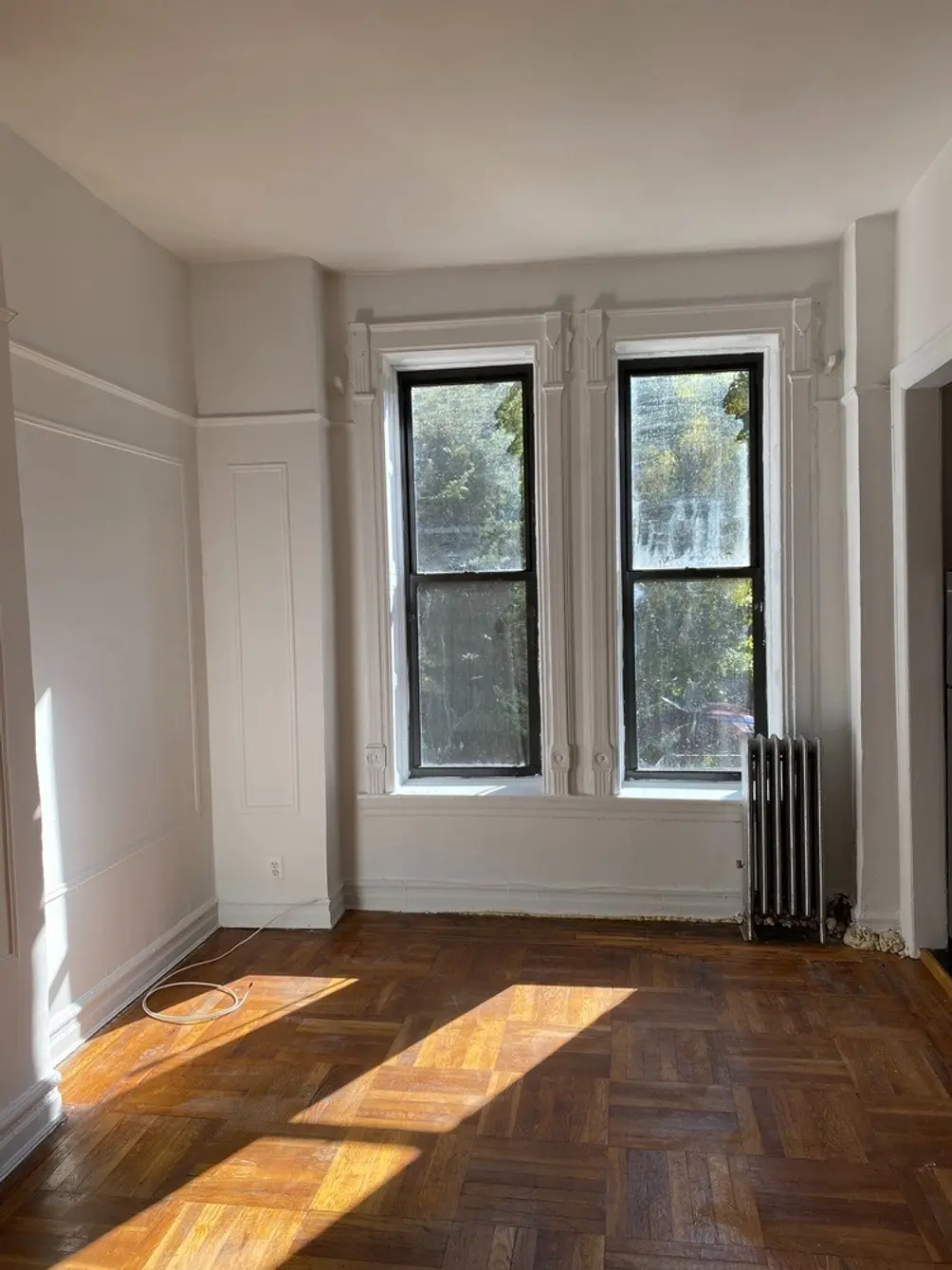
From the Listing: Spacious, 1 bedroom/1 bath in exciting Bed Stuy! Brand new kitchen with stainless steel appliances; and windowed bath. Great original detail. Nice tree-lined street. Close proximity to the A/C Train at Nostrand Avenue and The Bedford Ave G Train. Bordering Clinton Hill, the Bedford-Stuyvesant neighborhood is a hotspot for arts and culture in Brooklyn. See floor plan and full details here.
Slate Property Group
(917) 626-XXXX
{{error}}
More No Fee Rental Deals
-
Leasing Updates
-
Sven brings eco-friendly rentals with flexible lease terms and $1,000 deposits to Long Island City
-
1998 Second Avenue readies to rent luxury apartments from $2,400/month + 16 great new Manhattan rental listings
-
Rent-stabilized apartments are poised to get pricier + See 16 available stabilized listings
-
- Grand Opening View All
-
Free Rent
-
Victoria Tower Residences: Harlem's tallest offering free rent this December and one month free on 13-month lease
-
Ruby is leasing biophilic Chelsea apartments with 1 month free rent; Explore MAG Partners' first NYC building
-
Gotham Point: Amenity-rich waterfront community is leasing with up to 3 months free rent + $2,000 move-in credit
-
-
Special Offers
-
Avalon Fort Greene offering discounts on select units; No-fee rentals from $2,845/month
-
Security Deposit Discounts at Beatrice Apartments in Chelsea; No Fee Rentals from $3,855/Month
-
Security Deposit Special at Jersey City's 70 Greene Street - Only $1,000 Required on Select Leases
-


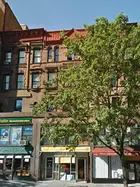

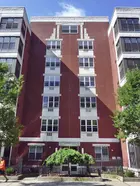
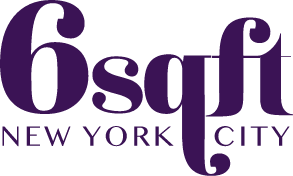 6sqft delivers the latest on real estate, architecture, and design, straight from New York City.
6sqft delivers the latest on real estate, architecture, and design, straight from New York City.
